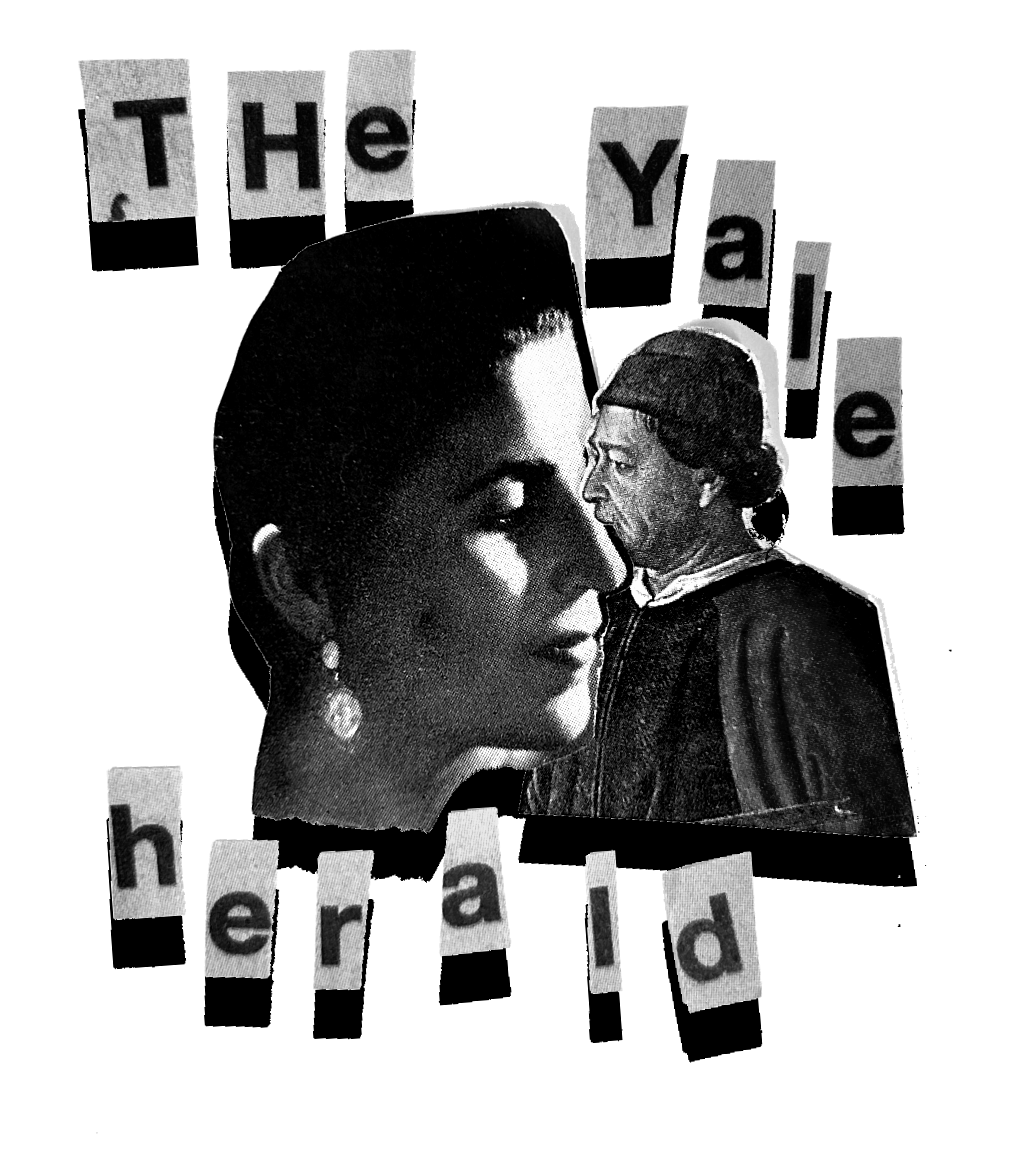I woke up at eight in the morning, giving myself an extra hour to walk down to Chinatown from Alphabet City. There are no concrete boundaries to the neighborhood. Those that allegedly exist vary across decades and between people. I felt that I’d arrived when the language of the street signs began to change.
A couple weeks ago, I visited Chinatown for the first time since I began working with the Museum of Chinese in America’s (MOCA) curatorial department in January. MOCA began as the New York Chinatown History Project in 1980, founded by community members, historians and activists in an effort to conserve the memories and experiences of aging older generations and create a space to redefine what it meant to be Chinese in New York. The project moved onto the second floor of 70 Mulberry Street in 1985 and to Centre Street in 2006, expanding storage and exhibition space for an archival collection that would eventually grow to over 85,000 objects and span 160 years of Chinese American history.
***
I decided to take a leave of absence this year, dedicating my fall months to several seemingly disparate things and trying to converge them in my head. I love languages, Chinese and Spanish, but struggled finding a way to integrate them into my day-to-day. I worked part-time on a senatorial campaign, but it was monotonous and not creative in nature. I was babysitting to pass the time, tutoring with a nonprofit in my neighborhood, auditing a course on urban history and immigration, and making art on my own. I stayed busy, learned a lot, but everything felt a bit disengaging.
I have always loved art. Before the pandemic, I spent weekends on and off the Metro North, going to New York to see shows that interested me and attending every art-related public program I could. When thinking about the spring semester, I was referred to MOCA by a friend. The curatorial position encompassed a lot of my interests and enabled me to consider the role of museums in a new light. MOCA represented a juncture of art, politics, and grassroots organizing unlike any museum I had worked with before. In my opinion, this is something that most smaller, ethnic-specific museums do really effectively, and something I wish I saw larger institutions place value in. MOCA felt grounded in a specific place and community, engaging political and social histories in its mission and exhibitions.
I’ve spent the last few months completely immersed in curatorial work—drafting exhibition outlines, conducting oral histories with artists and urban planners and residents of New York’s “Chinatowns,” learning the ins-and-outs of how shows are put together with an emphasis on nuance and the intersections between history, art, migration, and urbanism. My experience has only reiterated my sense of art and arts institutions as intensely political in nature. I mean this in both a historical and contemporary sense.
In the realm of ethnic-specific museums, art serves as an alternate medium of communication, a way to reflect historical moments in a manner that is more conducive to intersectional thinking. Although not all of MOCA’s shows involve art directly, art is often integrated. Sometimes this means commissioning local artists to shows focusing on more social themes, as is the case for a forthcoming exhibition on the history of New York’s three largest Chinese neighborhoods and gentrification. Prior shows have also featured the arts forthrightly, examining Poy Gum Lee’s architectural work or Bud Glick’s Chinatown photographs from the 1980s. These two shows investigated individuals whose work very much exemplifies the social, cultural, and political transitions of Chinatown in the mid-late 20th century. I would argue that art exists in tandem with politics, as art is created by people who are inevitably influenced by their milieu.
As a cultural institution, MOCA cannot exempt itself from politics either. It was born of activist movements and continues to exist in one. I hear about this in the oral histories I listen to, as well as in the incredibly thoughtful conversations happening in my department every day. I also see this as I walk through Chinatown, down Canal Street and right on Centre to the Museum. There’s a noticeable increase in high-rise developments. The decade-old restaurants, grocers, and medicinal shops that once characterized these streets now have their doors shuttered, some permanently. If the moment we are living in is politically charged, the cultural content we create, curate, and consume inherently becomes so as well.
News headlines in the past few weeks have detailed increasingly horrific acts of racial violence against Asian American Pacific Islanders (AAPI), elders specifically, and I am again reminded of the responsibility that cultural institutions have in such a fraught socio-political moment. MOCA hosted a public program this past Tuesday, part of our Teahouse Reading Club where over 100 participants came together virtually to discuss the history and contemporary realities of anti-AAPI racism, and the way that experience relates to alternate experiences of oppression here in the U.S. I view such programs as a necessary, productive, and concrete step forward. However, we are now faced with a reckoning: how might our long-term actions in the Museum impact those in our community? How can we perpetually use our resources as a cultural institution to address broader systemic issues?
I am incredibly grateful to MOCA and for the questions my experience has led me to consider. What does it mean to be an arts institution that serves a specific community? What does it look like to expand our mission outside of that community? How can the pressure to develop and garner national attention be reconciled with the responsibility of staying grounded in one’s own community? Art and cultural institutions do not exist in a vacuum. They have the capacity to grapple with the inequities of our larger social systems and enable communities to do the same. With that capacity comes immense responsibility.




